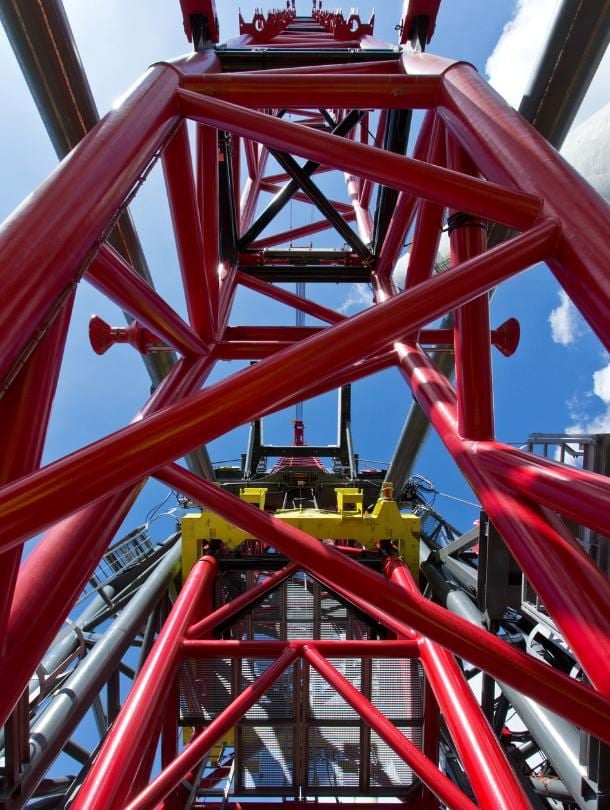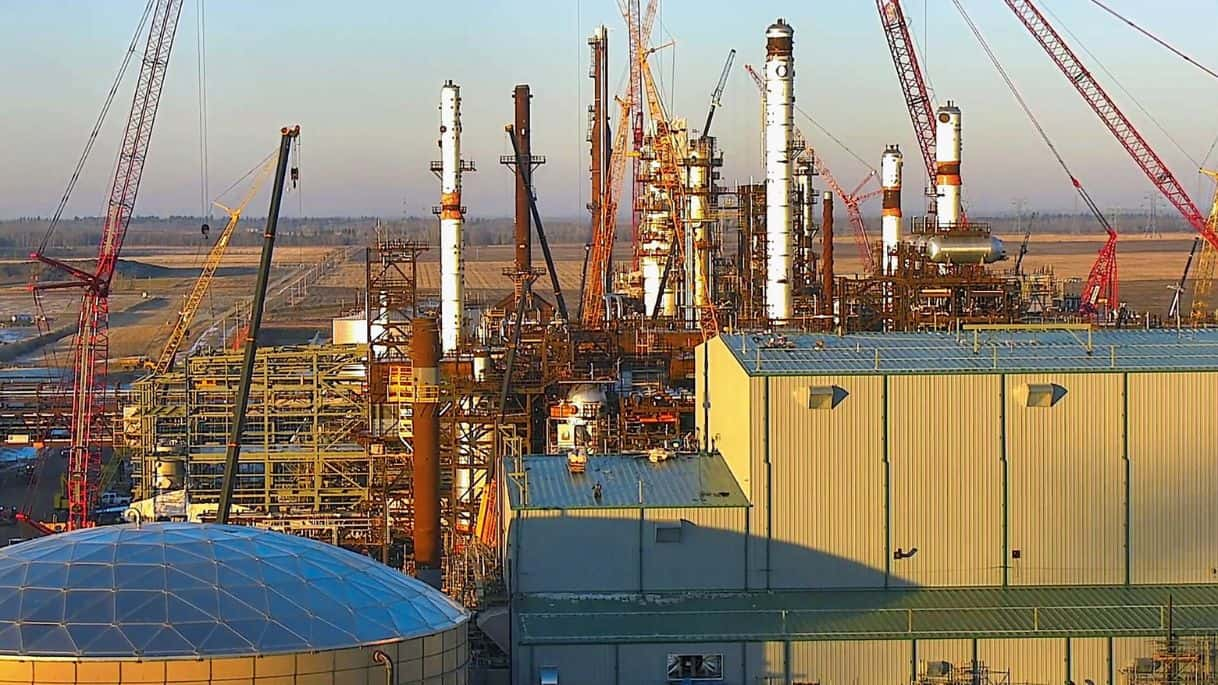Capturing crude and carbon
MUST READ

MUST READ

But not many engineers end up leading profitable businesses and becoming one of the most successful oil entrepreneurs of their time. “A lot of my inspiration, and my business ethics, came from my parents,” he says.
“They were engineers too and we were always making things at home together. No one in my family had been to university, but my Mom saw my potential. She saw that I was good at fixing cars so she encouraged me to do a degree in mechanical engineering.”
It was only fitting then, that engineering project management inspired Ian to take on his biggest challenge.
“Engineering is my passion, but I’m frustrated by the lack of business focus in the profession,” Ian says.
“We innovate and solve problems, but it is the consultants who take the risks with what we create and who ultimately make the money. I’ve never been happy with that approach.”
Ian has always been willing to take risks. This attitude led him, as Chairman and CEO of North West Refining Inc., to embark on his biggest petrochemical plant construction challenge to date: The Sturgeon Refinery in Alberta.
In recent years, the oil and gas industry has faced many challenges. These include price volatility, changing regional energy policies, increased taxes and, as extraction techniques adapt to reach deeper and more complex reserves, new operational challenges.
Alberta has its fair share of these challenges, MacGregor explains: “For years, we have been extracting bitumen from Alberta’s rich Athabasca oil sands and sending it for refining in the USA where more valuable diesel is produced. It’s not easy to transport this semi-solid bitumen. You have to dilute it to twice its volume to send it through the pipelines and then only around a third of the bitumen becomes diesel.”
“By refining our bitumen here in Alberta, we achieve three main objectives. We’re significantly reducing the volume in the pipeline and claiming more of the value. We’re increasing our market access and taking control of the environmental footprint of our product.”
" When I do good, I feel good, when I do bad, I feel bad,
that's my religion."
- Abraham Lincoln
It is the environmental credentials of the Sturgeon Refinery that has generated the most excitement among the community in Alberta. MacGregor is an Albertan first and an entrepreneur second.
“This is my home, I live here, my family live here and I’m going to leave this place in a better condition than I found it,” he says. “We have regulatory and environmental guidelines that we must meet when building a refinery of this scale, but I wasn’t content with just meeting those rules. I wanted our refinery to showcase the very best in environmental technology, even if that meant further investment. We are the beneficiaries of so much new technology, so shame on us if we don’t use it.”
“The Sturgeon Refinery is so far removed from its counterparts built more than 35 years ago, we’ve brought hundreds of environmental initiatives into the design. Whether it’s improving air quality, reducing noise or recycling water, we want to make sure that our refinery is as clean and future-proofed as it can be. We’ve set our environmental standards not for now but for 25 years in the future. I believe we’ve created the cleanest and greenest refinery in the world.”
All water is recycled on site, every single drop of rainwater, snow and process water is captured and reused. The goal was to produce an ultra-low carbon and sulfur diesel far exceeding environmental requirements, with state-of-the-art sulfur recovery and carbon-capture technology being one way to achieve this.

The carbon capture element of this refinery is another first in the industry and paving the way in industrial sustainability.
“Starting from 2018, we’ll be sinking 1.2 million tons of carbon dioxide a year, the equivalent of taking 300,000 cars off the road,” says Ian. “We are currently designing another two refineries on this same site, which will triple the carbon capture and permanent storage. That carbon dioxide would likely be released if we were continuing to send the bitumen to other refineries.”
“But we didn’t just want to remove the carbon. Waste can also be a useful asset. We have a shortage of high-purity carbon dioxide in Alberta so we’re sending our captured carbon dioxide in liquid form to a third party who will be using it for enhanced oil recovery.”
In enhanced oil recovery, carbon dioxide is used to access light oil trapped in previously depleted deep reservoirs, reducing the viscosity of the oil and improving extraction rates by 10-30%. The added benefit is that it provides permanent storage for the carbon dioxide.
" Engineering innovate and solve problems, but we need
to think like entrepreneurs too."
- Ian MacGregor
As phase one nears completion, MacGregor is already looking forward to the legacy that he will leave when he does, eventually, retire.
“Of course, we have the two additional refineries for this site in design but there is so much more potential for future refineries to replicate our model, both here in Alberta and at other refinery sites across the world. In terms of carbon capture, just this first enhanced oil recovery site has the daily capacity for permanent disposal of eight times more carbon dioxide than we’ll be storing with our first refinery. The potential for growth in this area is obvious and it makes good business sense.”
But MacGregor already has his sights on something bigger: “The engineering project management of the future will have the added benefits of big data. In Alberta, right now, we’re struggling to apply it to our industry because we don’t have access to the data we need and that has to change. We are already working on compiling the industry’s largest open-source library of refinery data. Combined with machine learning software, which has the ability to make automated decisions, the project engineers of tomorrow will have a powerful tool at their fingertips, they’ll have a new vista in this industry and with that more potential to do things well and do things right. This data will be the start of that.”
Do good, feel good. It’s a strong commitment to his home and his values that drives MacGregor.
“Here in Alberta, we have a third of the world’s future oil supplies. Fossil fuels are here to stay, for the foreseeable future, and in Alberta, we need to make sure that we meet the future demand and challenges set before us. We have the experience, the expertise and the resources, and it’s up to us to figure out how to do this in an environmentally responsible way.”